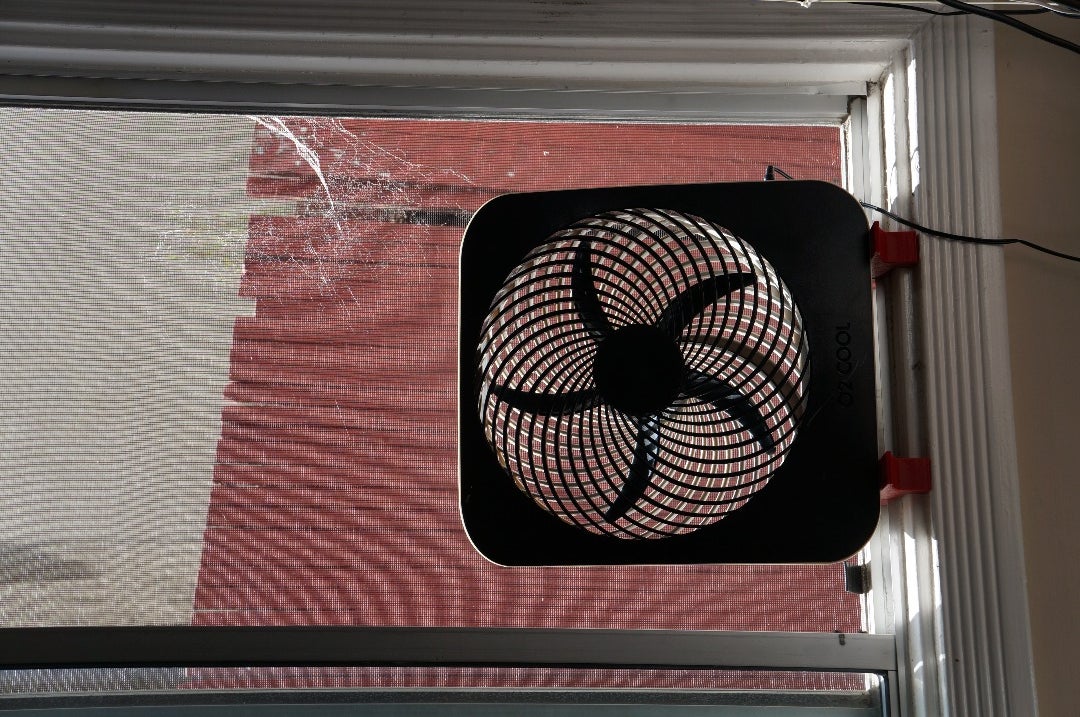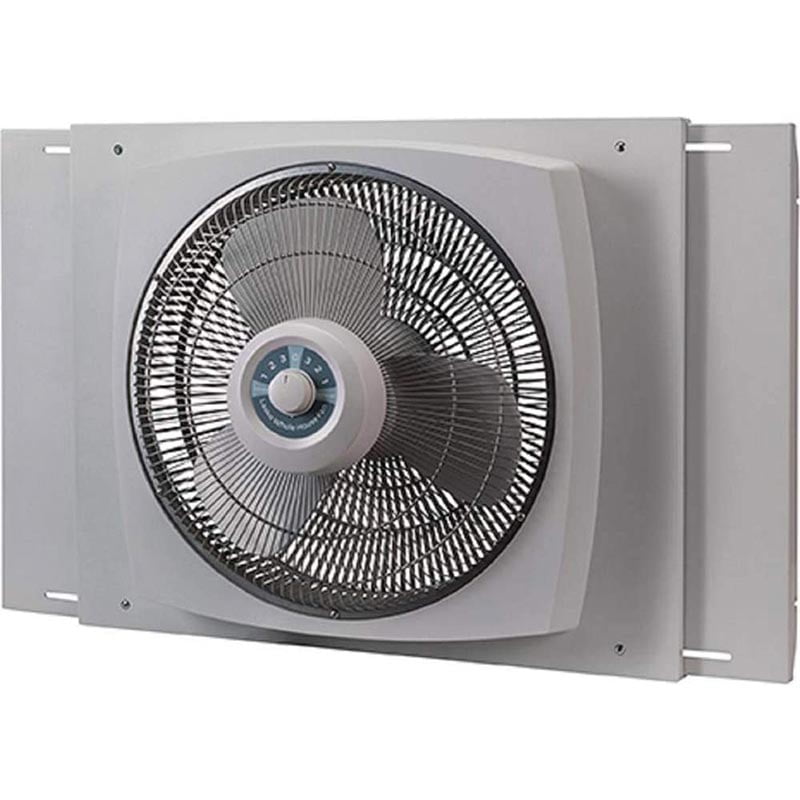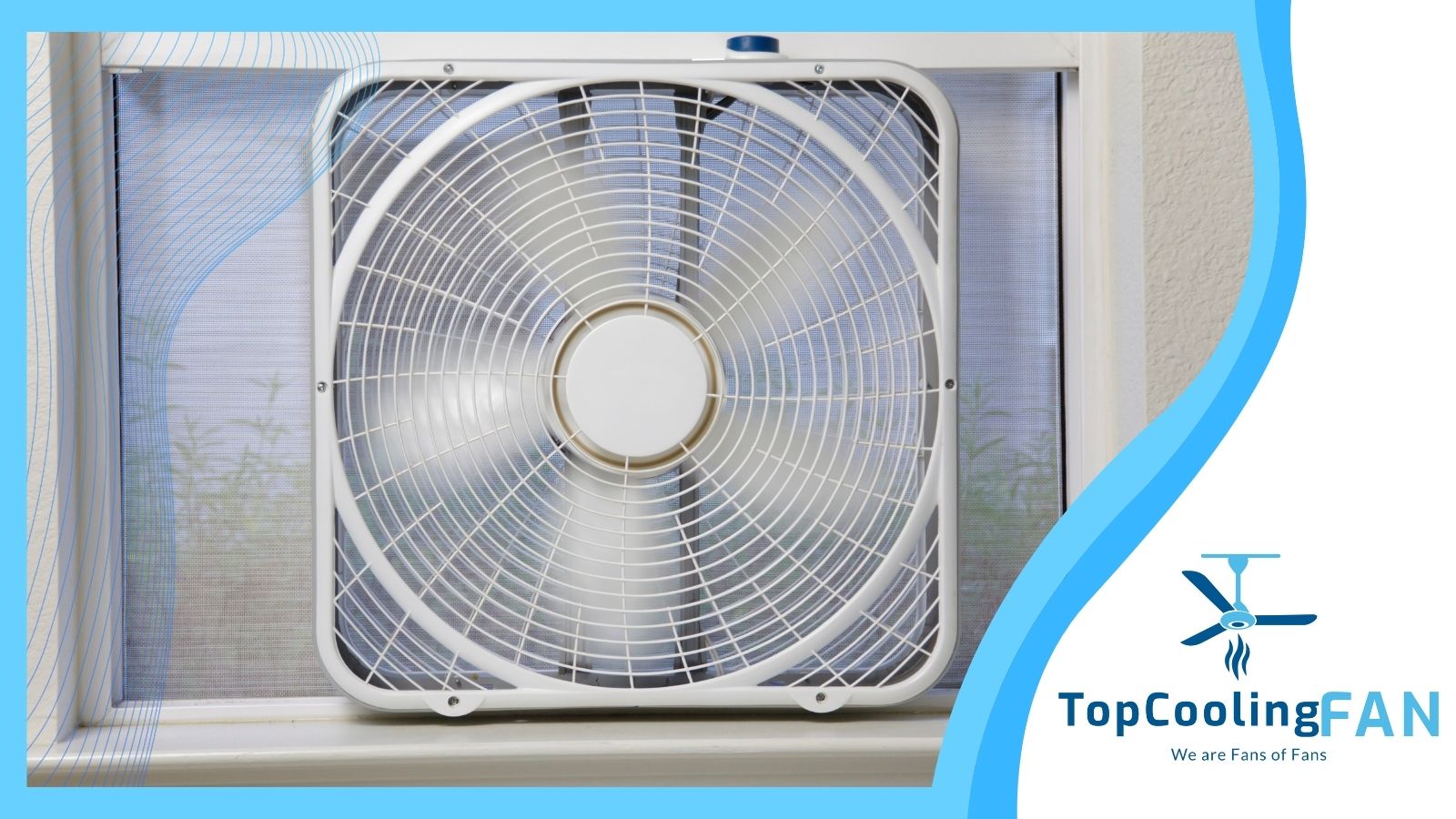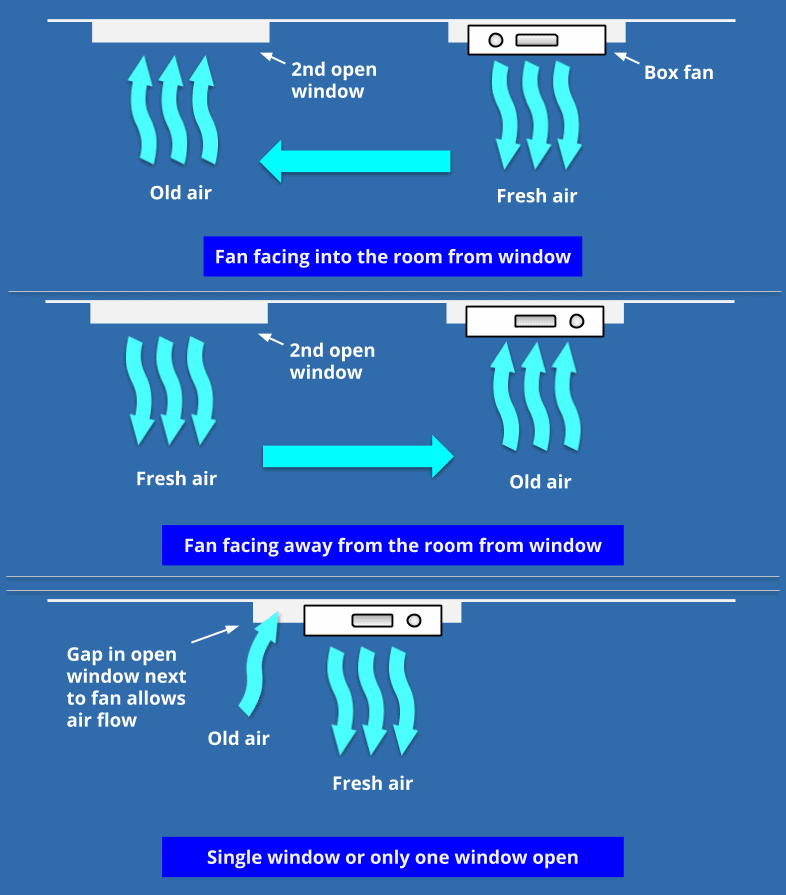Box Fan In Window To Cool Room

Heat wave intensifies: Experts urge caution as residents turn to box fans in windows for emergency cooling. Overwhelmed cooling centers are struggling to keep up with demand as temperatures soar.
Facing record-breaking heat and strained resources, individuals are implementing the low-tech solution of using box fans in windows to mitigate indoor temperatures. This comes as official warnings about heatstroke and exhaustion are issued across multiple states.
Emergency Cooling Measures Implemented
WHO: Residents across the Midwest and Southern states are resorting to this method. WHAT: Using box fans positioned in windows to exhaust hot air or draw in cooler night air. WHERE: Primarily reported in urban areas and older homes lacking central air conditioning.
WHEN: The surge in box fan usage began within the last 48 hours, coinciding with the peak of the heatwave. This corresponds with a reported 30% increase in box fan sales at major retailers like Walmart and Target, according to sales data released earlier today.
HOW: Residents are placing box fans facing outwards in windows on the upper floors to expel hot air. Alternatively, fans are placed facing inwards on lower floors to draw in cooler air during evening hours.
Health Concerns and Safety Precautions
The National Weather Service issued an Excessive Heat Warning covering a large portion of the country. This encompasses from Kansas to Louisiana. Heat index values are expected to reach 110-115°F (43-46°C).
Health officials are warning about the limitations of box fans in extreme heat. Fans primarily circulate air and may not be effective when temperatures exceed 90°F (32°C). Risk of heatstroke remains high.
Dr. Emily Carter at the Center for Disease Control (CDC) advises, "While box fans can provide some relief, they should not be relied upon as the sole cooling method in extreme heat. Stay hydrated, seek air-conditioned environments, and check on vulnerable neighbors."
Cooling Center Overload
Many communities have opened cooling centers to provide refuge from the heat. However, reports indicate these facilities are rapidly reaching capacity. The city of Chicago confirmed that its cooling centers are at 95% capacity as of 2 PM CDT today.
Resources are stretched thin. Authorities are struggling to provide adequate support to vulnerable populations.
Demand for transportation to cooling centers is also overwhelming emergency services. Non-emergency calls are being diverted to prioritize heat-related emergencies, according to the Chicago Fire Department.
Power Grid Strain
Increased electricity demand is placing a significant strain on the power grid. Several regions are reporting localized power outages as usage surges.
Energy companies are urging residents to conserve electricity. This includes raising thermostat temperatures and avoiding the use of unnecessary appliances.
Rolling blackouts are being considered in some areas to prevent a complete grid failure, according to statements from energy grid operator MISO. Details on specific locations and timing remain unconfirmed.
Next Steps and Ongoing Developments
The National Weather Service predicts that the heatwave will persist for at least the next 72 hours. Residents are urged to remain vigilant and follow safety guidelines.
Additional cooling centers are being established, but resource allocation remains a challenge. Local authorities are requesting federal assistance to manage the crisis.
Check local news sources and official government websites for updates on cooling center locations, power outage information, and heat safety advisories. The situation is rapidly evolving.
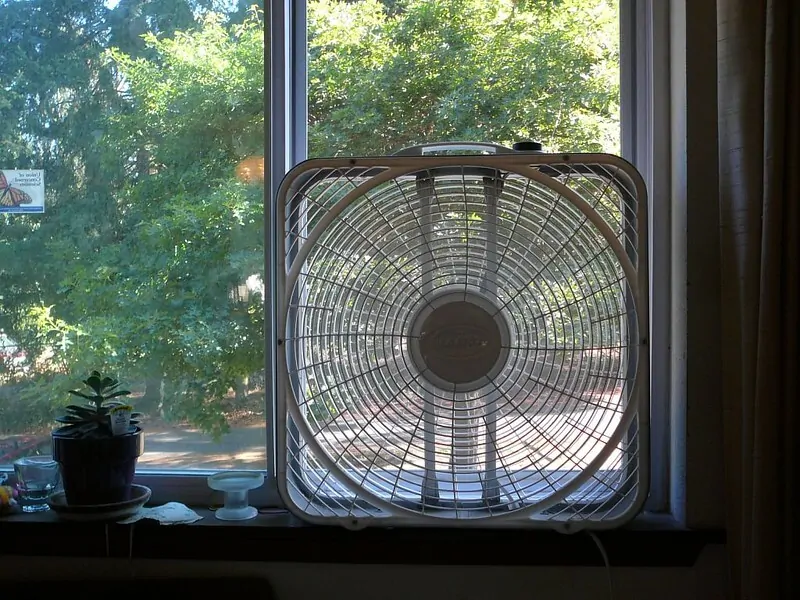
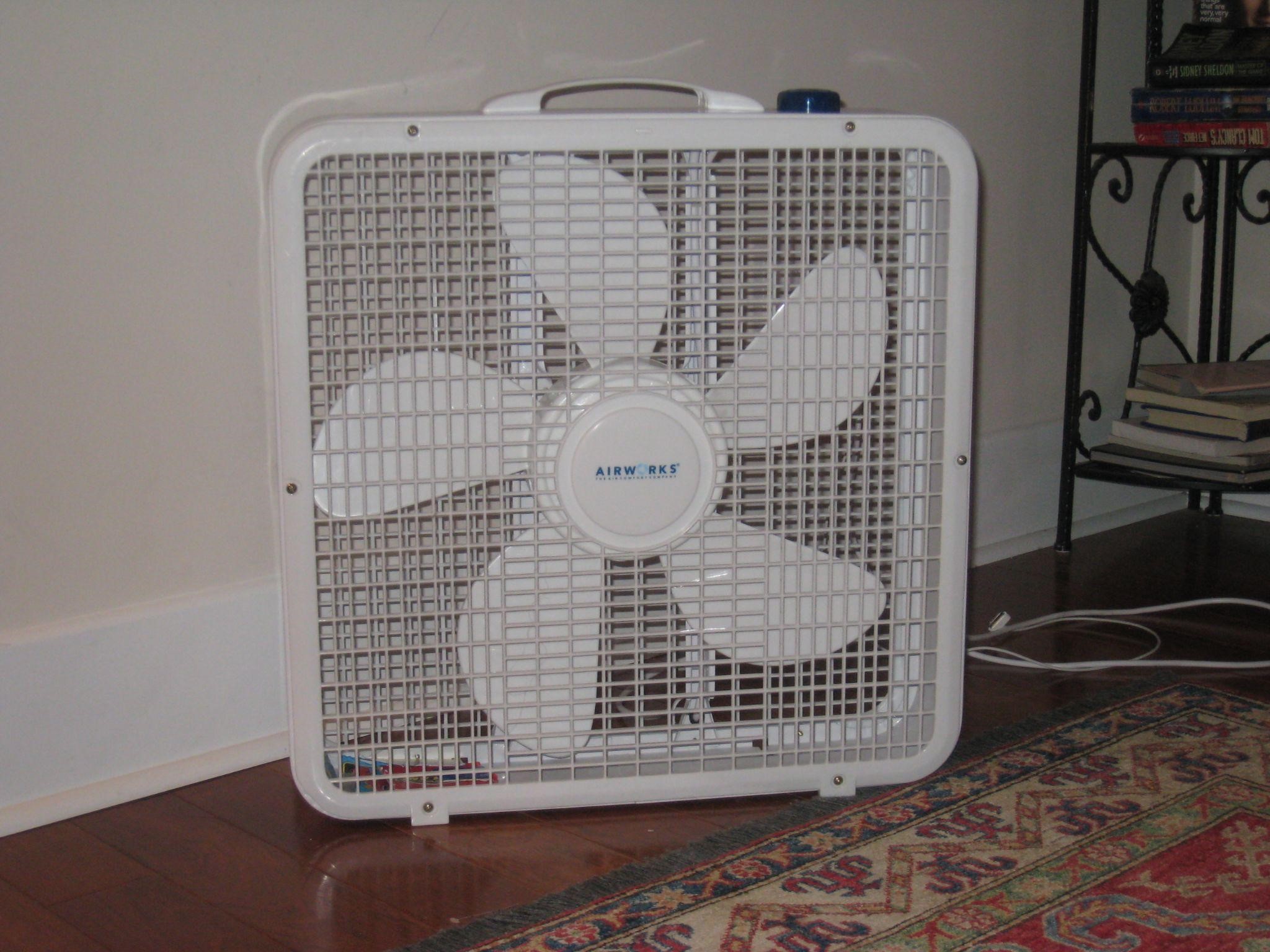


![Box Fan In Window To Cool Room How To Make A Fan Blow Cold Air [7 Things To Try!] - HVACseer.com](https://hvacseer.com/wp-content/uploads/2022/04/A-window-fan-installed-on-the-window-AC-unit-hole.jpg)

